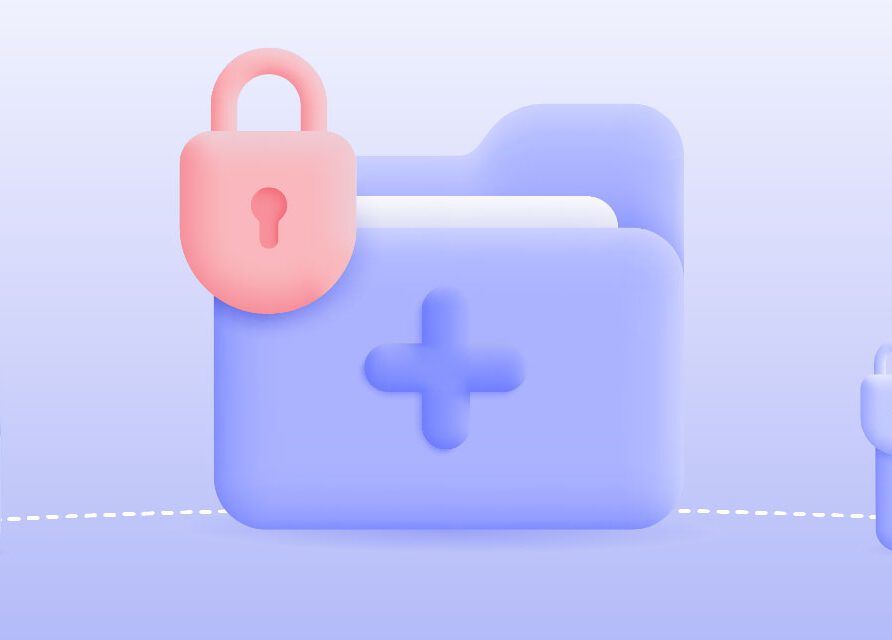Article
A comprehensive guide to fostering workforce wellbeing in healthcare
The National Academy of Medicine (NAM) recently announced the development of a National Plan for health workforce wellbeing through the NAM Clinician Well-Being Collaborative. Through this initiative, the NAM is addressing burnout among healthcare professionals as well as the healthcare workforce shortage. Priority areas for the plan range from research on well-being to recruitment of the next generation of healthcare workers.
At Altera Digital Health, we believe a combination of best practices and technologies built on the human experience can create sustainable working environments for caregivers. In our inaugural issue of Elevate, “Humanizing healthcare: Fighting burnout and bringing joy back to medicine,” our clinical leaders, designers and technology experts explore the different contributors to burnout as well as actionable strategies hospital and practice leaders can leverage so their teams can thrive.
Here are a few of the topics Altera thought leaders discuss in the eMagazine:
1. Identifying the early signs of burnout
Many factors contribute to burnout, and burnout can present itself differently from person to person. Clinicians and healthcare leaders should be aware of the early signs so they can identify appropriate interventions for themselves, their peers or their staff members before burnout escalates. A few signs to look for include tiredness that doesn’t go away with adequate rest, becoming sick more frequently and a lack of engagement.
2. Reducing administrative burden
Today’s providers often spend as much time (if not more) completing bureaucratic tasks as they do interacting with patients. By leveraging artificial intelligence (AI), healthcare organizations can offload some of this work so providers can focus more on the health of their patients. AI for staffing allocation is one tool healthcare organizations might consider. Using historical data, these solutions align staff resources to predicted patient flow so clinical leaders can turn their attention elsewhere while maintaining safe, compliant staffing ratios.
3. Moving to the cloud
Electronic health records (EHRs) are commonly cited as a top stressor for clinicians. Healthcare organizations have an opportunity to modernize provider workflows by bringing their EHRs to the cloud. There are several benefits to cloud-based EHRs that remove distractions from providers’ work. For example, organizations can deploy EHR enhancements almost instantly rather than schedule downtime for system maintenance and upgrades. Not only does this remove the strain of temporary paper documentation, it keeps patients safe by giving providers access to clinical information without disruption.
To learn more about provider burnout and strategies your organization can implement, download the eMagazine here.













